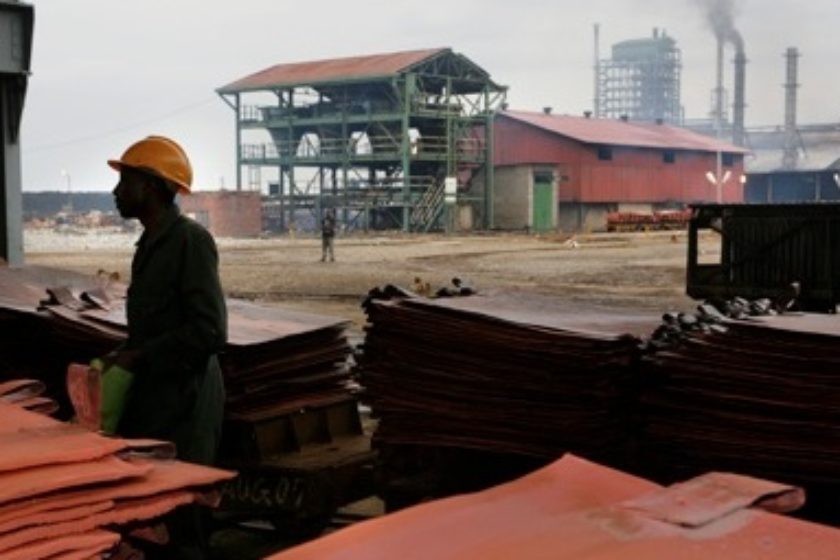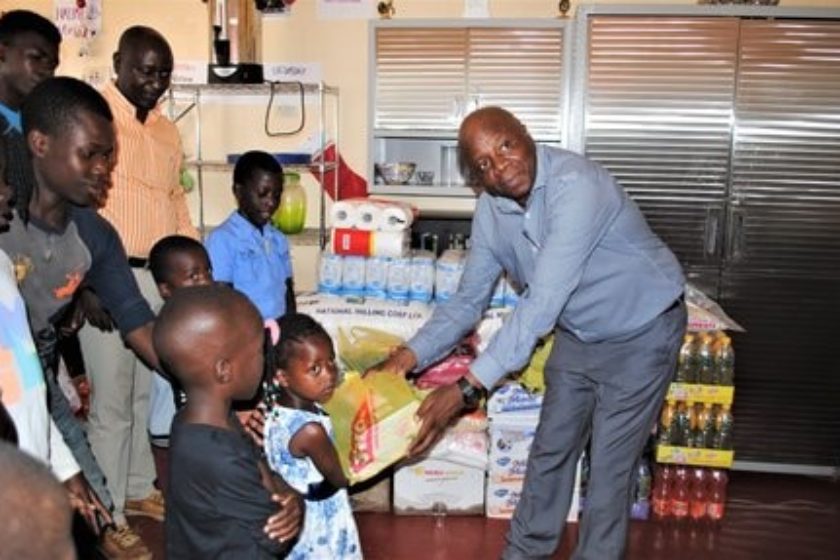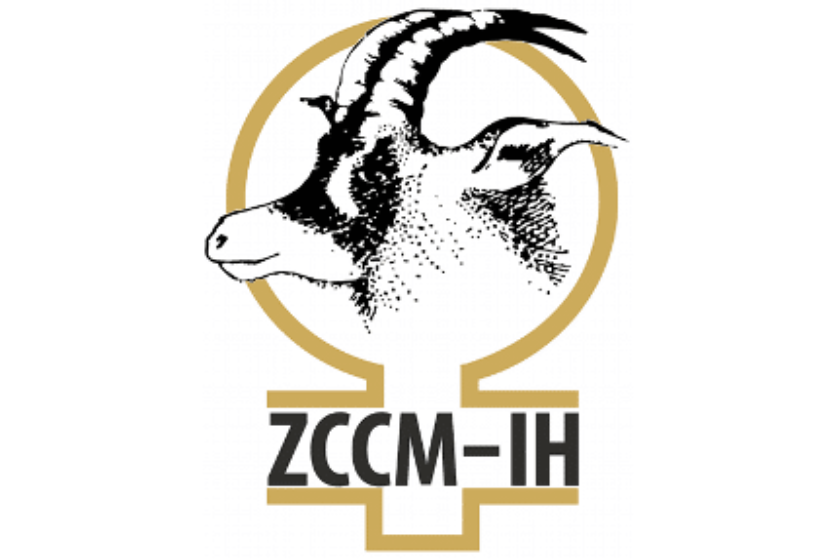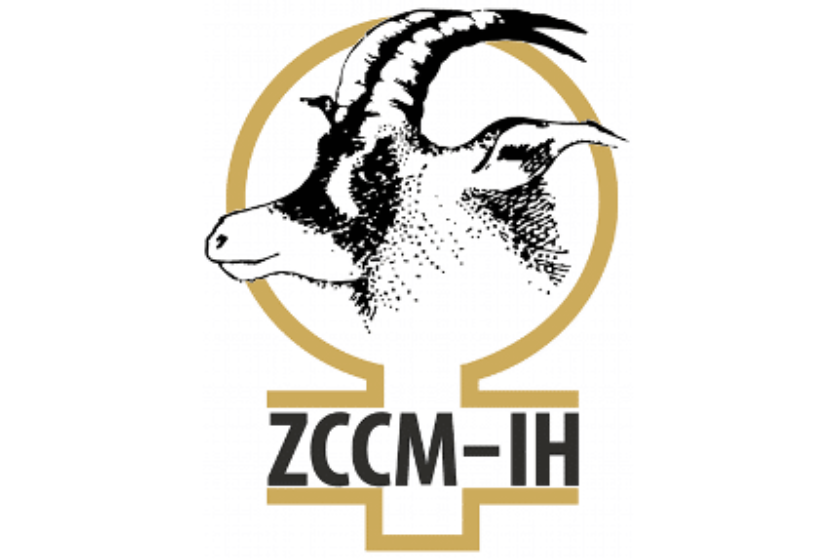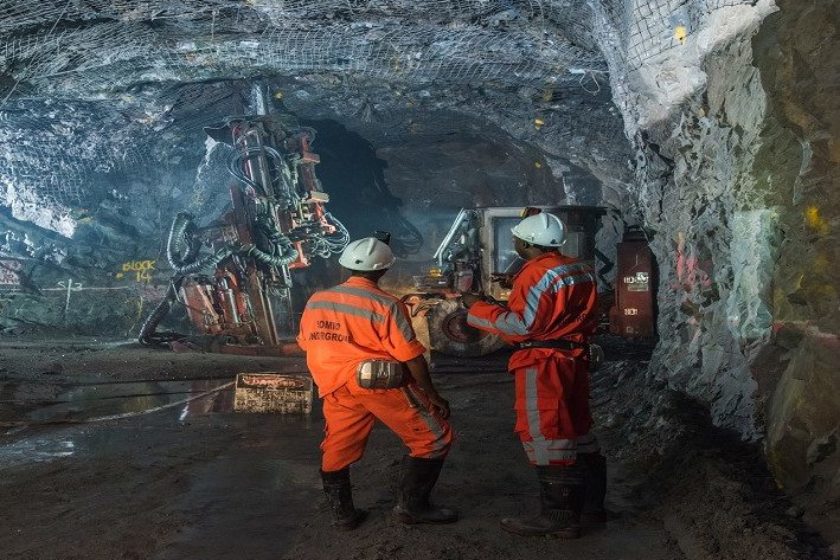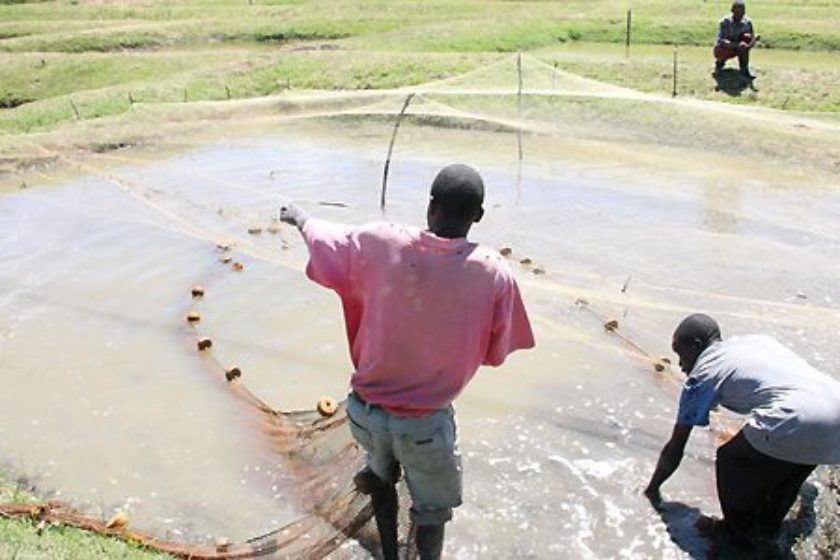SINCE the 2019 budget was announced and eventually passed, there has been very little good news coming out of mines.
In the 2019 budget, Government has introduced a 1.5 percentage point increase on all mineral royalty tax bands, and an additional two royalty bands of 8.5 and 10 percent when the copper price exceeds US$7,500 and US$9,000 per tonne respectively. Further, mineral royalties will cease to be deductible from corporate income tax.
The measures have seen mining companies hitting back saying they will shed off as many as 21,000 jobs and cut or withhold US$500 million in capital spending over the next three years.
That is significant.
Yet, against this gloomy picture, Lubambe Copper Mines (LCM) in Chililabombwe projects to increase its copper production by about 60 percent this year.
Company chief executive Nick Bowen says they produced 22,000 tonnes of copper last year but expect to increase this to 36,000 tonnes this year. EMR Capital, the current investors, bought the mine at a time when it was facing financial challenges. But now, stringent measures have been instituted to help sustain operations of the firm. Mr Bowen said the changes have not been easy to implement but management has made it a policy to incorporate the workforce in its strategic plans.
Certainly, Lubambe needs commendation. It shows that the company is not here for the short term but has rather aligned itself with the aspirations of the nation. This is unlike some mining companies that have only kept one foot in Zambia to just take advantage of the economic boom, yet are ready to flee when hard times hit or they have made enough money and start thinking the country’s environment no longer suits them.
This is unacceptable.
As a nation, we have not always universally agreed with all our policy positions. But if there is one area where there is near consensus, it is the one to do with the new mining legislation. The Zambian public is largely in agreement that we have not sufficiently benefited much from the mines, particularly during the period after privatisation. Yet, the mines are supposed to be the goose that lays the golden egg for the country.
The jury is that mining companies have not been paying their fair share of taxes despite the privileges and advantages they have secured.
There is an argument by some mining companies that Zambia is a very high cost producer of copper. But it is difficult to swallow this wholeheartedly. The suspicion is that some mining companies inflate their production costs in order to avoid paying taxes.
We know for instance the findings of ECON Poyry, a Norwegian consulting company and engineering group that was commissioned by the Zambia Revenue Authority (ZRA) in 2009 to do a pilot audit of the operational costs, revenues, transfer pricing, employee expenses and overheads of one mining company on the Copperbelt.
The investigating report concluded that the reported numbers from the company were in doubt. It was found that the company had not paid income tax for a good number of years but had only paid royalty fees. But the chairman of this company reported that they had paid millions of dollars to Government in taxes. Yet, those monies included pay as you earn (which is paid by employees), import duties, property rates paid to municipalities, vehicle registration fees, value added tax, licence fees and none which directly comes under the category of company tax. But the fact that they were reporting it as company tax could only mean that they were trying to hide the fact that they pay little or no income tax at all.
It is the reason why the Zambian public is frustrated with the mining companies. The feeling is that they try so much to hold us to ransom; rushing to cutting jobs every time new mining legislation is passed meant to get more from the mines.
Yes, as a country, we are open to foreign direct investment but we also need our investors to appreciate the unique challenges that we face.
From the time the new mining legislation was announced, Lubambe is the first mining company to provide a spark.
Source: Zambia Daily Mail

